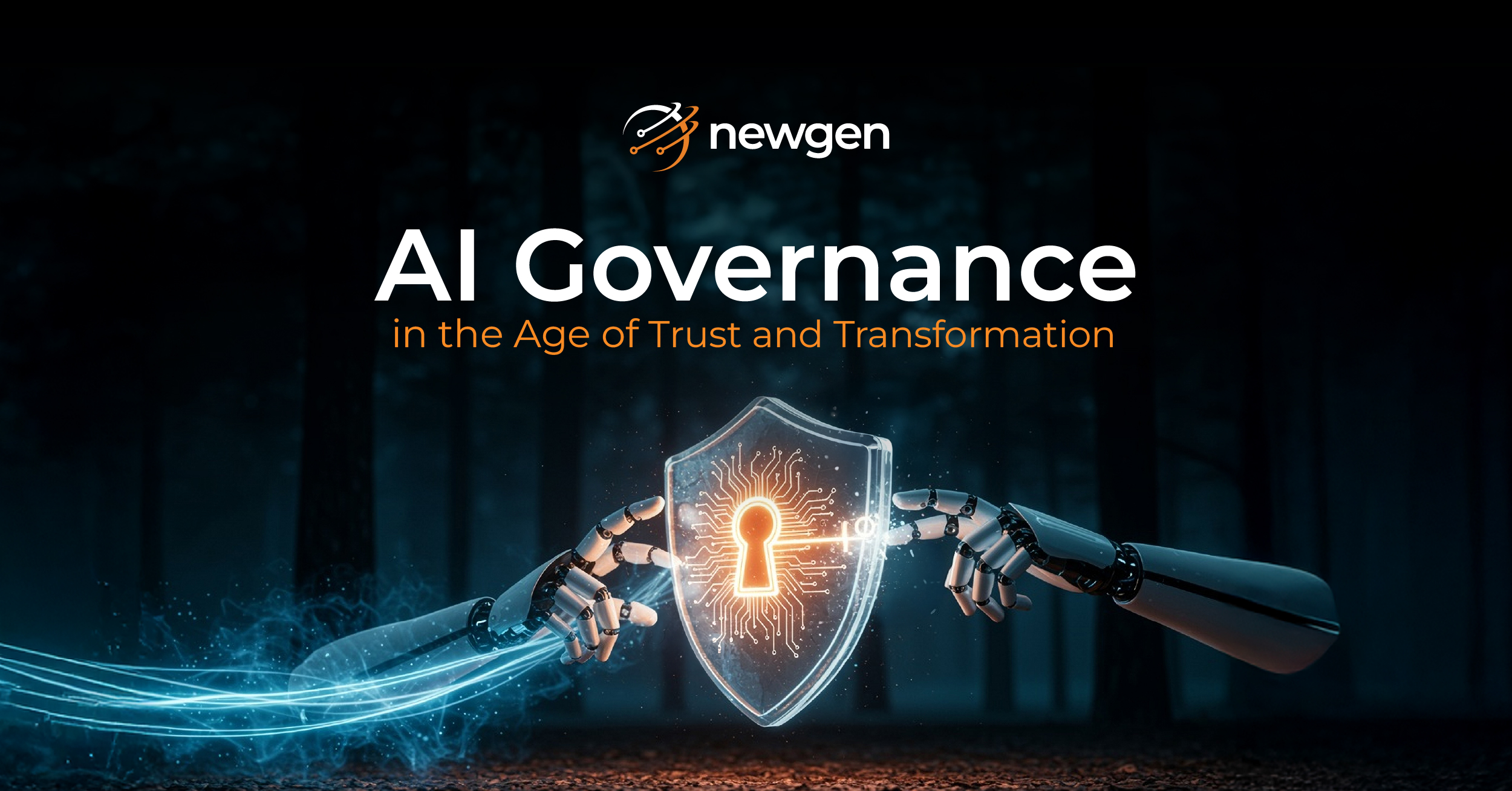In today’s ever-evolving digital landscape, managing enterprise content efficiently is crucial for staying competitive and meeting the dynamic needs of customers and stakeholders. However, legacy enterprise content management systems often fall short of offering the scalability, flexibility, and security required to thrive in this environment. Migrating your enterprise content to a modern content services platform can unlock many benefits and position your organization for success in the digital age.
Why Migrate your enterprise content?
Migrating your enterprise content becomes essential when facing challenges that hinder productivity, collaboration, and data security. Common issues organizations encounter include:
- Scalability Constraints: Legacy systems may struggle to handle the increasing volume of enterprise content, leading to performance issues and scalability constraints.
- Limited Flexibility: Outdated platforms often lack the flexibility required for modern work environments, impeding remote work and collaboration.
- Rising Costs: Maintenance and infrastructure costs associated with legacy systems can become unsustainable over time, impacting your organization’s financial health.
- Security Vulnerabilities: Aging systems may lack robust security features, putting sensitive enterprise data at risk of breaches and compliance violations.
Steps to Migrate Your Enterprise Content:
Migrating from a legacy ECM system to a modern Content Services Platform (CSP) is critical for organizations looking to enhance operational efficiency, collaboration, and data security. Here is a simplified, step-by-step roadmap to guide you through this transformative journey:
1. Evaluation and Planning
- Assess Your Current State: Begin with a comprehensive review of your existing content management system to understand its architecture, data volume, content types, and user needs.
- Define Your Objectives: Clearly articulate what you aim to achieve with the migration, including improved scalability, flexibility, or security. Setting clear, measurable goals at this stage is crucial for guiding the process and evaluating its success.
2. Choosing the Right Platform
- Identify Key Requirements: Based on your evaluation, list essential features your new platform must have, such as integration capabilities, scalability, and user-friendliness.
- Market Research: Explore available CSPs that meet your criteria. Consider factors like vendor experience and reputation, cost, and support services being provided.
3. Preparation and Strategy
- Data Cleanup: Before migrating, cleanse your data to ensure accuracy and relevancy. This step reduces the risk of transferring obsolete or redundant information.
- Migration Blueprint: Develop a detailed migration plan that includes timelines, milestones, risk management strategies, and a clear delineation of responsibilities.
4. Execution
- Pilot Testing: Conduct a pilot migration with a subset of your data. This approach helps identify potential issues in a controlled environment, allowing for adjustments before full-scale migration.
- Full-Scale Migration: Proceed with migrating all your data to the new platform, using insights and adjustments identified during the pilot phase to ensure a smoother transition.
5. Integration and Optimization
- System Integration: Ensure the new CSP integrates seamlessly with your existing IT ecosystem, including ERP, CRM, and other critical business applications.
- Customization and Configuration: Tailor the platform to meet your unique business processes and workflows, optimizing it for maximum efficiency and user adoption.
6. Training and Support
- Comprehensive Training: Equip your team with the knowledge and skills they need to use the new system through tailored training sessions effectively.
- Ongoing Support: Provide continuous support to address challenges post-migration, ensuring users feel confident and supported throughout the transition.
Choosing the right partner for migration
After carefully considering the above steps and planning your migration strategy, it’s crucial to choose the right platform to migrate your content to.
You need to go for a platform that aligns with your organization’s needs and objectives. A platform that is designed for end-to-end management of enterprise content, from origination to disposition. One that helps streamline enterprise content processes, enhance collaboration, and drive digital transformation.
From scalable storage options to advanced security features, the new content services platform you select should offer a seamless migration experience, empowering organizations to leverage the full potential of their content in the cloud.
NewgenONE Contextual Content Services is one such solution that facilitates these benefits to organizations. Recognized as a “Leader” in the Content Services space by leading analysts, NewgenONE provides advanced capabilities for migrating enterprise content. By integrating content and processes with context, it propels organizations towards complete digital transformation.
To learn more about NewgenONE Contextual Content Services, click here.
You might be interested in





